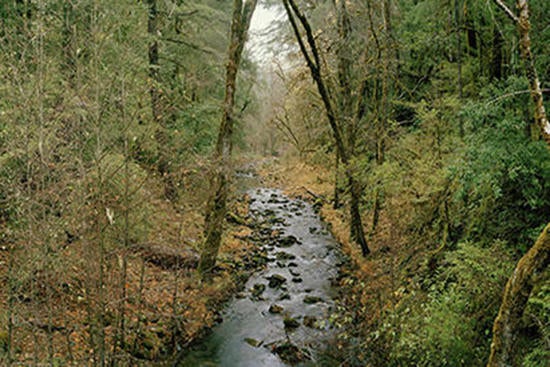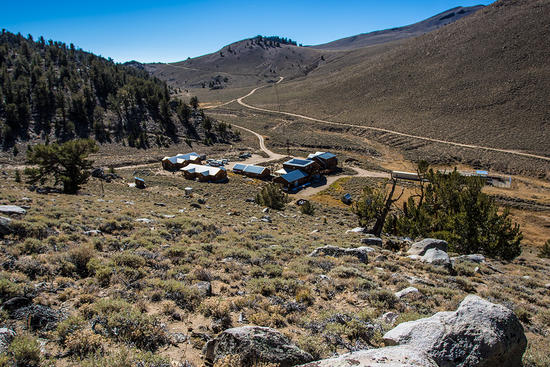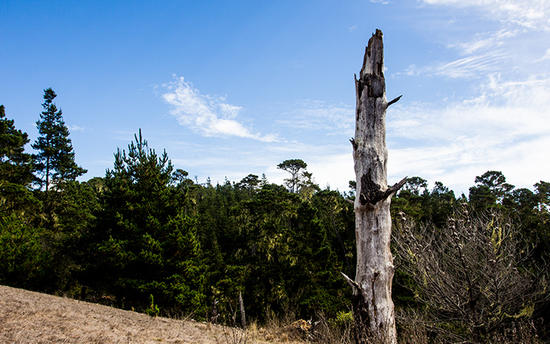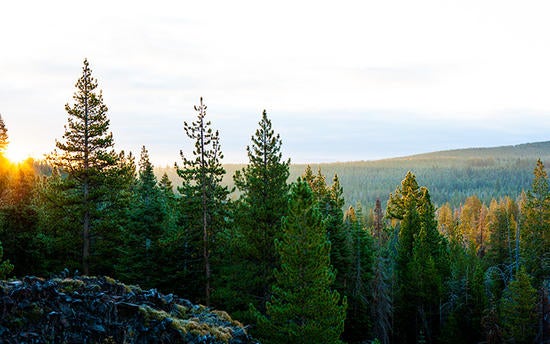Large national research projects are addressing many of today's most critical environmental problems. NRS reserves are part of several major national efforts to understand basic physical and ecological processes that govern the functioning of the environment.
Critical Zone Observatories • CZOs
Critical Zone Observatories study the outer skin of Earth, a layer that extends from the bottom of groundwater basins to the treetops and is essential to aquatic and terrestrial life. Angelo Coast Range Reserve is part of the Eel River Observatory, one of nine National Science Foundation-funded CZO sites in the United States.
Global Observation Research Initiative in Alpine Environments • GLORIA
GLORIA monitors alpine plants at risk from climate change at the tops of the world's highest mountains. The first GLORIA sites in North America were established in the White Mountains in 2004. Since then, government agency and university scientists, graduate students, and volunteers have all collected data for this collaborative project while utilizing facilities at the NRS's White Mountain Research Center.
Long-Term Ecological Research Network • LTER
The Long Term Ecological Research Network was created by the National Science Foundation in 1980 to research ecological issues that can last decades and span huge geographical areas. The Santa Barbara Coastal LTER, one of 27 sites in the network, studies how land and ocean processes structure giant kelp forest ecosystems. Santa Cruz Island, Coal Oil Point, Carpinteria Salt Marsh, and Scripps Coastal reserves all supply SBC LTER data.
USDA Forest Service Experimental Forests
Experimental forests provide places for long-term science and management studies in major vegetation types. The NRS's Sagehen Creek Field Station, part of the Sagehen Experimental Forest, is the site of a pilot project to improve forest habitat while reducing wildfire fuel loads.




